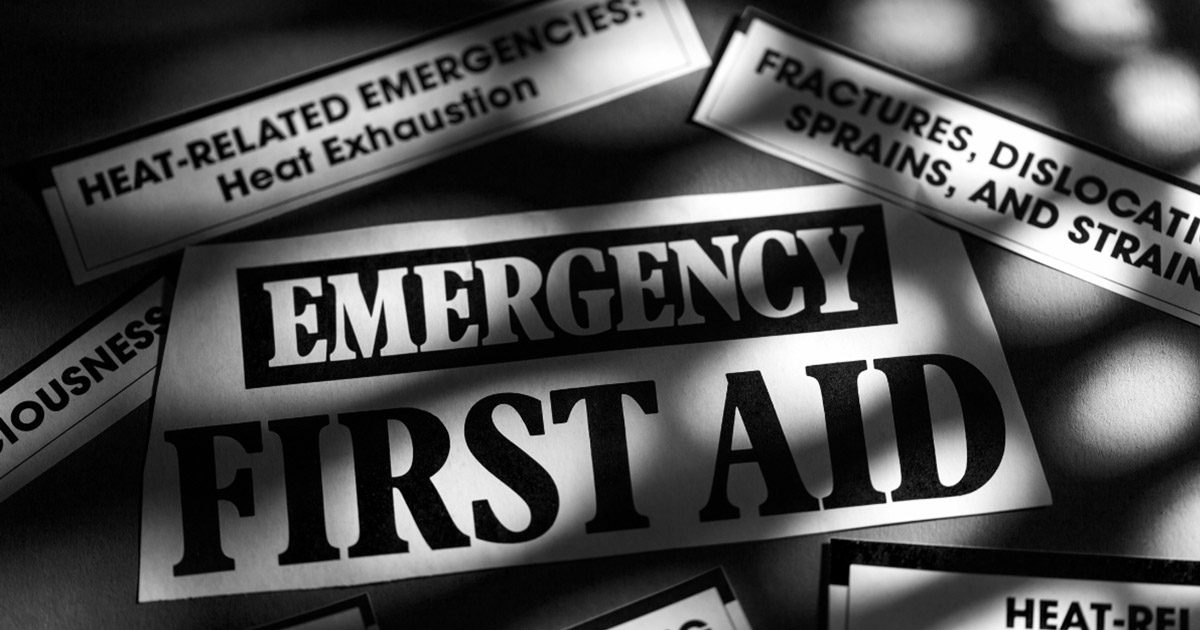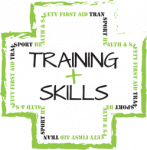
First aid is often referred to as an essential and vital skill for life. Great, you think; I’ll learn the basics and it will be really useful. Then you visit a site like this one to look at actually booking a course and discover that there are many different types of courses. Which ones do you need? What are the essentials?
To answer that we’re going to have to look at the purpose of first aid and why it’s so important.
The purpose of first aid
Different types of first aid courses
Most courses will take account of the basics, but they will also focus in on the types of incidents that happen in a specific setting. Forestry First Aid is a specialised course intended as a complement to more general courses which includes industry and setting-specific content such as adder bites, crushing injuries and extreme temperatures.
When it comes to courses it also depends on how you are thinking of putting your learning to use. Paediatric first aid is ideal for those working in Early Years setting or childminders but is also handy for grandparents. If you have a family member with a severe allergy, then Basic Life Support and Management of Anaphylaxis will have value for you.
If you’re going to be the first aider at your workplace then you’ll want to be prepared and a recognised qualification such as First Aid at Work or Emergency First Aid at Work will give you the skills and confidence you need. It’s a great starting point to give you a familiarity with the basics which more workplace-specific training can then build on. Your employer’s risk assessment will be useful for identifying which of the types of first aid will be most valuable.
Back to basics
So back to that general first aid training that you thought would be a handy life skill. Start with a course that will lay the foundations such as First Aid Essentials. Then consider learning more about life support and the use of a defibrillator.

